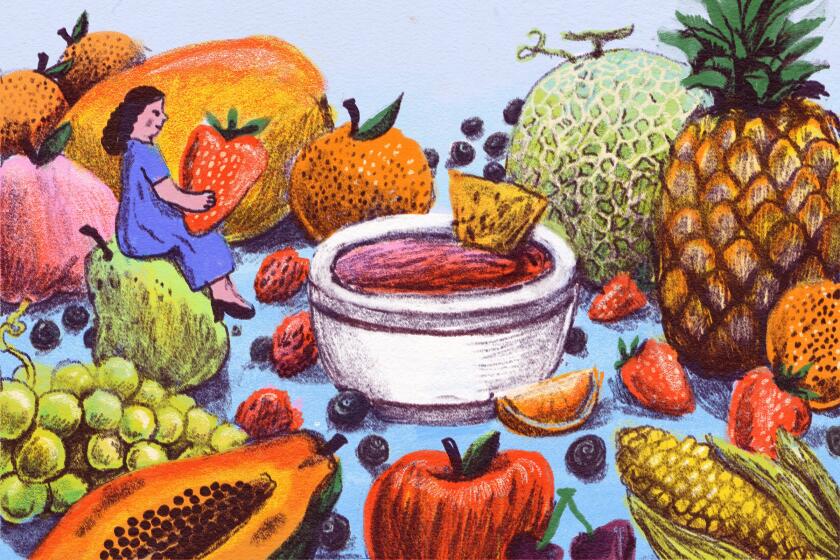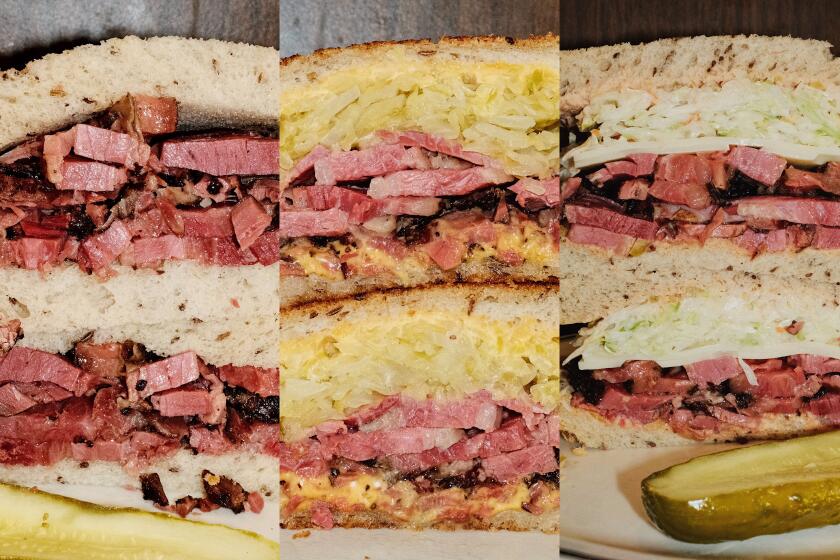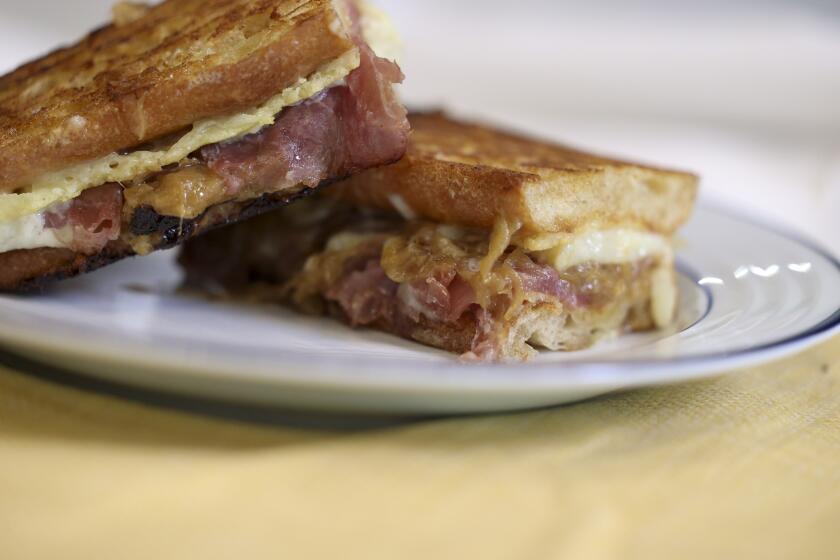Sherry makes a comeback after a drought of interest
For years, sherry has been best known in the U.S. as a sticky sweet symbol of supposed elegance — the kind of thing a clueless bed-and-breakfast proprietor might leave in your room to let you know you were staying at a classy place. That, at least, has faded away.
Long forgotten by wine lovers, sherry is now on its way back, though it is still far from approaching the popularity of its heyday, when it was one of the world’s most expensive and sought-after wines.
In Talia Baiocchi’s new book, “Sherry: A Modern Guide to the Wine World’s Best-Kept Secret,” she writes it “was practically the official drink of fifteenth and sixteenth-century explorers, a favorite of everyone from Shakespeare to Poe to Dickens, the base of the Sherry Cobbler, one of the greatest American cocktails ever invented, and believe it or not, one of the muses of California’s nascent wine producing industry before it set its sights on Bordeaux as a model.”
Yes, that’s right. There was a point in history when California made more “sherry” than Spain.
Sherry is a complicated, fascinating subject, impossible to summarize in a few words. There are the intricacies of the solera (a system of fractional blending by replenishing older wines with small amounts of younger wines); the importance of the flor (a fine veil of yeast that naturally blooms on wines in this part of Spain) and the various classifications and permutations of the wines themselves, which include both the driest and sweetest wines in the world.
Sherry covers a dazzling gamut of styles and flavor profiles, from bone-dry fino and manzanilla to raisin-y sweet Pedro Ximénez (a.k.a. PX). And there is much in between, all of it ably described by Baiocchi, editor in chief of the online magazine Punch.
Her timing seems perfect. Until very recently, sherry hasn’t had a large presence in wine shops or on wine lists in this country. But now savvy importers are bringing in sherries from smaller houses and specialized companies, such as Equipo Navazos and Alexander Jules, who act as curators, searching out casks with unique characteristics and bottling those on their own. Sommeliers too are sneaking sherry onto the wine lists of all sorts of restaurants and bars.
Baiocchi’s book sketches in the history of the various bodegas in the so-called Sherry Triangle (an area of Spain roughly spanning Jerez de la Frontera, Sanlucar de Barrameda and El Puerto de Santa Maria). And it includes an informed and incisive guide to their notable wines, with a handy one-page crib sheet listing Baiocchi’s essential sherries.
Reading the book only fueled my interest in the Sherry Triangle — the towns, the bodegas, the capataz (sherry cellar master) and the wines themselves. So much so that I’ve already booked my ticket to Spain for next year.
It’s a region, Baiocchi says, that she’ll be going back to for the rest of her life, spending evenings in sherry bars and in the gypsy quarters’ flamenco clubs in Jerez de la Frontera.
“I’ll never forget one particularly wobbly walk home alone around 3:30 a.m. on an April morning,” she writes, “plastic copita in the back pocket of my jeans, the empty streets golden under the glow of street lamps.”
Follow me on Twitter @sirenevirbila
More to Read
Eat your way across L.A.
Get our weekly Tasting Notes newsletter for reviews, news and more.
You may occasionally receive promotional content from the Los Angeles Times.










